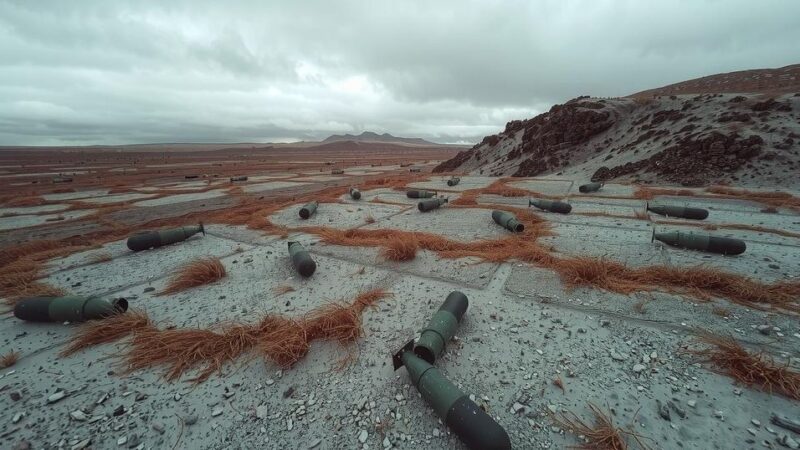The Trump administration is evaluating a potential travel ban aimed at citizens from 43 countries, including a “red” list of 11 nations barred from entry and an “orange” list of 10 nations with restricted access for some travelers. This proposal remains under review by State Department officials and is expected to undergo modifications prior to finalization.
The Trump administration is currently evaluating a proposal to impose travel restrictions targeting citizens from up to 43 countries, potentially expanding upon prior limitations from his first term. This initiative is highlighted in an internal draft, which specifies three distinct tiers of restrictions.
The proposal outlines a “red” list comprising 11 countries, from which citizens would be outright banned from entering the United States. These countries are Afghanistan, Bhutan, Cuba, Iran, Libya, North Korea, Somalia, Sudan, Syria, Venezuela, and Yemen. This listing was developed several weeks ago by the State Department, and modifications are expected before the final version is presented to the White House.
Officials from embassies and various sectors within the State Department, alongside security specialists, are currently scrutinizing the draft. Their evaluations focus on the accuracy of the descriptions regarding each country’s deficiencies, and whether other political considerations could influence the inclusion of certain nations on the list.
Additionally, the draft introduces an “orange” list featuring 10 countries, subjecting their citizens to some travel restrictions, albeit not a complete ban. Under this framework, it is proposed that wealthy business travelers might still gain entry, while those applying for immigrant or tourist visas would be excluded.
In summary, the Trump administration is contemplating significant travel restrictions targeting citizens from 43 countries, developing a three-tiered list that includes outright bans and restricted access for certain travelers. The draft, still subject to revision, showcases both national security considerations and diplomatic assessments, reflecting a careful evaluation process by governmental officials.
Original Source: www.nytimes.com






